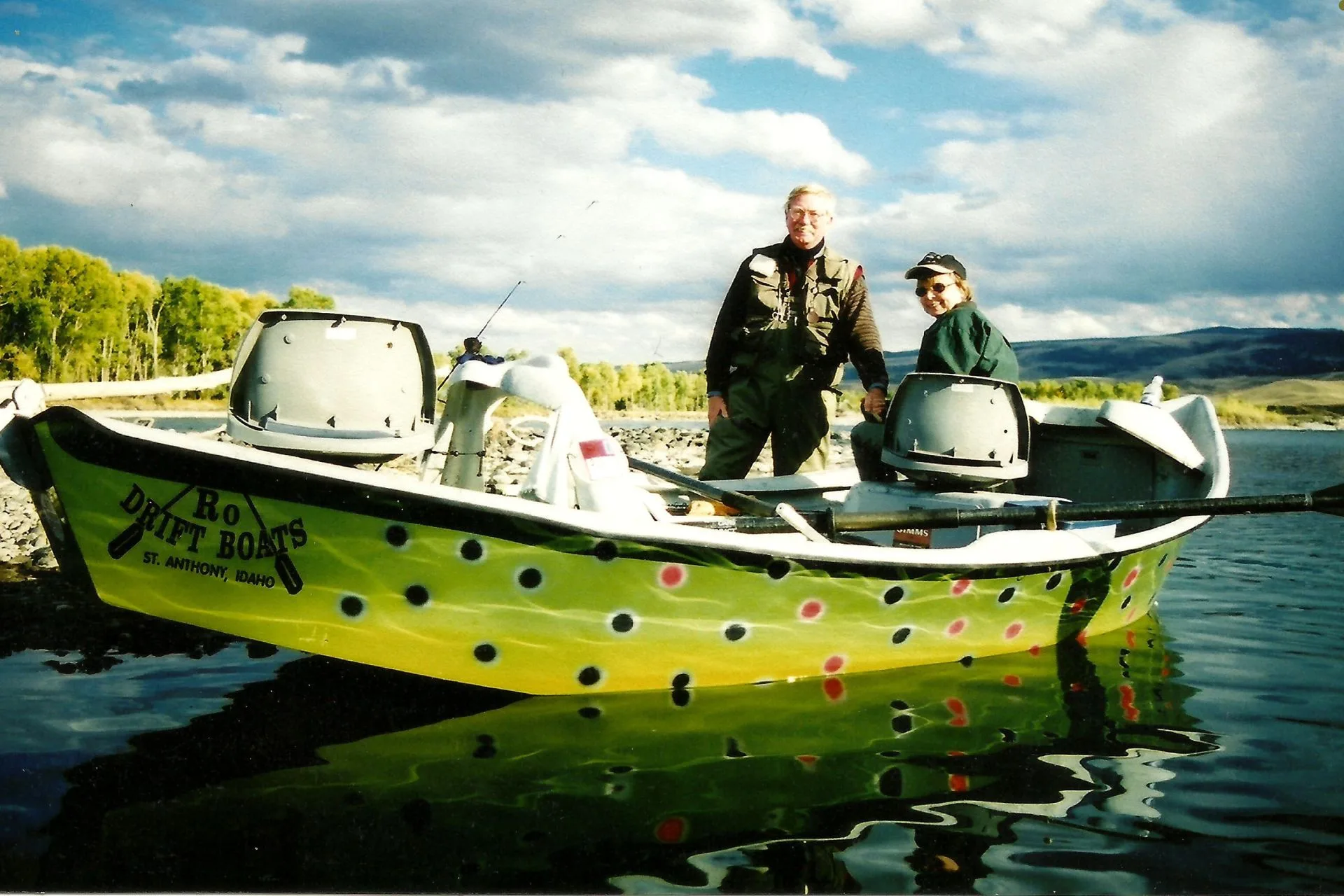Montana Trout fisheries are being threatened due to overfishing and exploitation. Like it or not that is a fact. Younger and new fly anglers do not see the damage. Veteran fly anglers once fished a different abundant fishery that no longer exists. Who is left to “Speak for the Fish?”
Today’s fishery means fewer fish per mile, more hook scars, more Catch and Release mortality, and crowded, stressed fishing conditions. Many guides are pounding the same waters and have more guide days than ever before. Guides can dial in what will catch fish and help insure higher catch counts. Something must change.
It is never one thing that will ruin or save the trout fisheries crisis. Mother Nature seems to be warming things up as well. Over development means more runoff, pollution, and shorelines mowed to the water’s edge. New predators, bucket Biology, irrigation demands, and more are destroying the wild trout fisheries.
Unless something changes, our Blue-Ribbon waters will continue to decline. Currently, it seems that decisions are being based on fiscal issues rather than Biology. If the trout’s ecosystem continues to be pounded, the ecosystem will fail.
Here are some Hard Truths that may be solutions.
Catch Limits Too many fish are being caught, and cell phone selfies are killing too many trout. How many pictures of trout laying in a net are enough? Modern fishing equipment has created an unfair balance in fair chase angling. Guides/anglers get dialed in and can repeat high catch rates every day. Even with the best catch and release techniques, at least 10% of caught and released fish die.
A normal limit of kept trout is 5 per day. Maybe a catch limit of 20/day would be fair. This means shorter drifts and time on the river will be needed. Honestly, many anglers never see 20 trout per day. Those that do can easily exceed these catch rates. With help of a guide, the fishing goal becomes about numbers of fish rather than sport. Counting coups means ripping lips and not learning about the sport and art of fly fishing. Guides would need to manage their catch rates and enforce limits to save and protect their resources for everyone’s future.
Most anglers are happy to brag about “Getting their Limits.” A guide using a clicker could keep easy count and announce their limit achievements.
No out of state guides The Madison River sees a parade of Idaho guides crossing the river at Raynolds Pass daily. If you don’t believe me, spend a morning at the Raynolds Pass bridge. Guides that are not native to Idaho are not welcome in their state. Other out of state migratory guides also pound Montana waters every summer.
The Bighorn River is pounded by boatloads of Colorado anglers. This means local guides/ businesses get screwed out of potential income and now must fish in the wake of crowds of the abundant nonresident guides. Madison River anglers eat and sleep in Idaho but fish in Montana. Keep the money in Montana..
Certain Guide days/Limitations How many days are fair? Pounding the same water regularly certainly will not help. There are several excellent rivers and waters available. Spreading out the fishing pressure would be helpful and healthy. Some states allow certain days or time slots for guides. Maybe the weekends become guide-free so locals can fish without the competition. Maybe no more than 2 consecutive same waters trips. Perhaps only 3 days of guiding on the same watershed a week. Limiting consecutive guide days on certain waters would reduce pressure.
Change fishing tackle restrictions. Maybe spinners and lures need to be banned on Catch and Release water. The Madison does not need effective treble hooks ripping lips on the river. Maybe single hooks need to be allowed. Barbless hooks make little difference when unhooking a fish, but forceps can be a required useful tool. Certain rubber nets are better for Catch and Release. Maybe “double hook rigs” and strike indicators/bobbers create an unfair presentation. Do strike indicators allow higher catch rates? Maybe drift boat trips need to only allow fishing from the boat. I am not saying that these ideas are good or bad but that changes need to happen, or the fisheries will continue to decline.
Ban certain flies that mimic bait rather than natural foods. No more worms, egg patterns, and… What percentage of trout get caught using these hard to resist and most used flies that do not mimic native/natural insects, bugs, or minnows.
GUIDES Redefined Guides were once the best teachers and stewards of the sport. Dan Bailey and so many other great guides were also teachers. Learning about the ecosystem was the best part of the sport. Fly Fishing was an Art. Today it is about catch numbers and bragging rights. Certainly not all fly guys fit into this boat but too many do.
Perhaps some waters/areas may require Guided Only trips to protect and ensure that the resource is monitored and protected. Other stretches of water may be regulated as guide free zones, which already exist on some waters. Resident guide fees may be different than nonresident fees, just as they do for hunting and fishing licenses. It is also important to involve guides in any Hard Decisions.
Go back to Stocking Trout Most wild trout populations are the product of stocking. Over 17 species of rainbow trout have been historically introduced into the Madison River alone. Even the healthiest trout population needs recruitment after losing so many fish to too much Catch and Release.
If a trout is caught several times, the stress alone will kill it. If natural reproduction is insufficient to match the fishing pressure, then stocking could be a solution. Most Native trout cannot compete with the other stocked trout and are not as resilient to extreme fishing pressure. Killing off wild trout populations to protect less adaptable Native fish is a short-term solution. The Bucket Biologists will see to that.
Big fish are less likely to survive a Catch and Release event. Perhaps some stocked seasonal waters may be better for tourists if they desire high catch numbers over quality ecosystems.
Debate and arguing about protecting the fishery needs to yield some healthy outcomes for the FISH too! If the fish are happy, everyone will benefit. There are solutions and ideas available to help protect the trout fisheries, other than how fat your wallets are or how many selfies are on your cellphone. Doing too little too late is not a solution.
Let’s all speak for the fish!
Montana Grant




